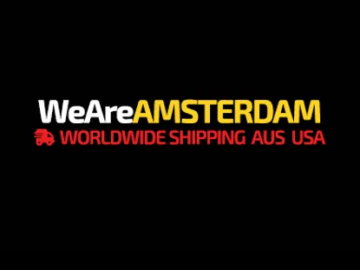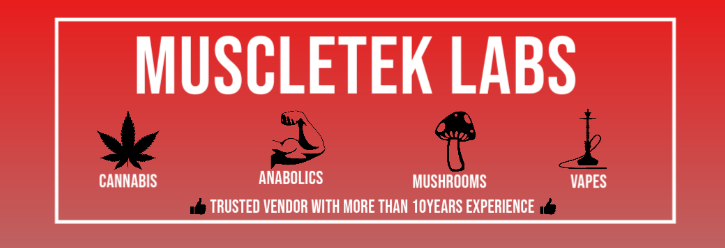How drug runners use ‘narco submarines’ to traffic cocaine, money & more

Drug traffickers have no trouble playing innocent even when they’re caught red-handed — or wet-handed.
Take the ones who smuggle illegal goods via submarine.
“These guys do not give resistance when they are captured,” Colombia Navy’s commander of the Pacific naval force Francisco Cubides told The Post. “They know there is no sense in resisting. So they use speed to try evading the Navy. Sometimes they sink the submersible and float in the water, claiming to be innocent fishermen whose small boats had been wrecked.”
Then, Cubides added wryly, “they tell us how grateful they are to have been saved.”
Last month the Colombian Navy busted a semi-submersible vessel carrying some four tons of cocaine with a street value of $145 million.

“We did it with information from naval intelligence,” Cubides said. “We surrounded the submarine with our boats. When it had nowhere to go, we boarded from up top. Once in the submarine, we found 200 sacks that contained 4,000 rectangular packages of cocaine.”
Drug subs are stealth vessels favored by smugglers to discreetly move tons of cocaine, marijuana, heroin and ill-gotten cash. Loaded up with millions of dollars in contraband, these cobbled-together vessels, with their sky-colored tops and noise mufflers, cruise just below the water’s surface, hoping to stay beyond sight lines of the Coast Guard, naval forces and international drug enforcement agents. As reported in Time, they do not get spotted by radar and their fiberglass bodies help the subs to evade sonar.
According to Robert J. Bunker, senior fellow with Small Wars Journal El Centro, “Hundreds of these vessels have been built over the last three decades with likely dozens of narco subs operating at any one time. Hundreds of tons of cocaine is transported from Latin America up to Central America and Mexico each year using this method.”
Though the bust last month represents a serious haul for the authorities — the confiscated drugs plus the arrest of four smugglers inside the sub — it put only a small dent in the underwater drug trade.
Cubides acknowledges that his battle is uphill: “Traffickers [in submarines] move four times the amount of drugs we capture every year.” Vice puts the sum of confiscated underwater-blow at 14 percent.

A source close to the Colombian military told The Post that traffickers’ “profits are so large that, after a trip, they destroy the submarine” rather than risking it being found and traced back to them.
Bunker explained that a state-of-the-art narco sub costs in the low millions and is capable of traveling from cocaine capital Colombia to the Western Coast of Africa and possibly Australia.
But that pales alongside what the so-called “Facatativa” sub could have been. Thought to have been budgeted at $10 million, 120-feet-long, capable of hauling 150 tons of cocaine and nearly completed before being seized from a Colombian mechanic shop by authorities in 2000, as per Bunker, “the Factativa sub is the closest design we have seen to military grade.”
!["Traffickers [in submarines] move four times the amount of drugs we capture every year," Cubides said.](https://nypost.com/wp-content/uploads/sites/2/2022/03/colombian-navy-submarine-drug-bust-01-1.jpg?quality=90&strip=all&w=1024)
On the upside, he added, “No narco subs have ever been seized with any form of offensive weaponry or defensive protective systems.”
It’s even happening in domestic waters.
Glen Mousseau, 51, is a strapping Canadian who — before he was arrested in 2020 — made a handsome living by navigating marijuana from Canada to the States, via the Detroit River, which runs between Windsor, Ontario, and the Motor City.

“You can find lots of marijuana in small quantities in America. But for large quantities, 500 pounds of more, of high quality marijuana? For that you have to go to Canada,” he told The Post from Federal Correctional Institution, Milan, in York Township, Mich. “Western Canada has mastered the growing of the best marijuana in the world and can do it in bulk.”
Asked what he’s snuck over borders other than weed, Mousseau — who is serving 71 months after pleading guilty to charges that included possession of marijuana with intent to distribute — would only cop to moving currency and marijuana. Never mind that a US attorney ticked off a litany of additional illicit substances that Mousseau shipped into the States.
“If you do not smuggle cash, you can’t get proceeds to your home country,” he said. “Plus we smuggled some cash for third parties.”

Until a few years ago, Mousseau “was basically smuggling marijuana on boats and running a [furniture] moving service”
He considered various ways of running drugs across the one-mile-wide Detroit River.
“The first concept was for me to put on a drysuit, weigh myself down and walk across the bottom of the river [with contraband attached],” Mousseau recalled. “But what kinds of terrible obstacles would you come across? Unknowns included the softness of the bottom and how many junked vehicles had been dumped into the river. There would be zero visibility. I did not try that technique. It was actually a terrifying idea.”
More manageable was a variation on the Colombian submarine, which, unfortunately for Mousseau, proved to be his undoing.
Acknowledging that the underwater drug-runs went on for more than six months but fewer than two years, Mousseau stood charged with strapping hundreds of pounds of marijuana to his body.
Loaded up with weed, Mousseau would cruise by boat to a point near the American border. There, he climbed onto a Seabob — a submersible water scooter — and breathed through a snorkel tube as he made forays to the States. Going below surface provided enough invisibility to elude the Feds.
It was a great setup, until the night of June 5, 2020. He was preparing to launch from his smuggling group’s boat. But it was spotted by Border Patrol Agents who gave chase and tried to stop the vessel. In pursuit, agents saw something being dropped into the water. That proved to be Mosseau, on the Seabob, carrying 175 pounds in packs of marijuana.
“But a package got tangled up with the boat, the Seabob took off on its own and I got pulled underwater,” he said.
“Next thing I knew, I was found unconscious by Homeland Security,” Mousseua said. The weed remained strapped to his body.
As haphazard as this unraveling may have been, the US government insisted that Mosseau was no newcomer to his trade. “Mousseau was a sophisticated drug smuggler who smuggled large quantities of drugs, to include methamphetamine, cocaine and marijuana, along with bulk cash, across the international waterway between the United States and Canada,” acting United States attorney Saima Mohsin said at the time. “He smuggled these items during early morning hours using submersible vessels and diving equipment and a high speed boat, showing just how dangerous drug trafficking can be.”
Local reporters cheekily dubbed Mousseau “Scuba Steve” — seemingly a reference to a character in the Adam Sandler movie “Big Daddy” — and gave him the sheen of a folk hero.
But, according to his attorney, Victor Mansour, “The judge we had would not have found this amusing; he would have found it disrespectful. Glen took it on the chin and is now writing a book about being a failed drug smuggler. He shared with me that he was very good at what he did, he had a unique skill set and, I assume, he was valuable to the group he worked with.”
The approach, Mansour added, “was very creative. The opportunity presented itself and he did what he had to do.”
Found this interesting? Then check our main news page where you can find all articles related to Crypto, Crime, Darknet, Security and much more!




















